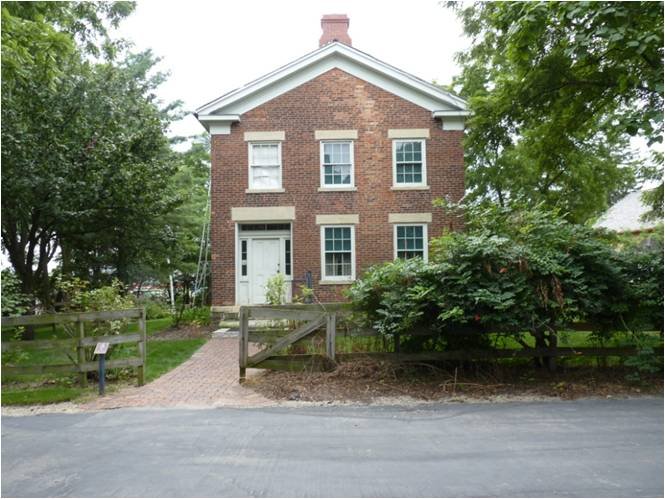
Since childhood, Glennette Tilly Turner has been fascinated by stories of the Underground Railroad. Upon moving to Wheaton in 1968, she learned of the active role that DuPage County played in assisting slaves in their escape to the north. Her interest led to the publication of her book, The Underground Railroad in Illinois:
“The underground railroad was most active during the years that actual railroads became popular. It’s believed that the term “underground railroad” grew out of an incident in Kentucky in the mid-1800s when a slaveholder was pursuing a man who was attempting to escape from slavery, and the man darted into the bushes along the Ohio River and just seemed to disappear from sight. The slaveholder said, ‘oh, he must’ve gone on some type of underground railway.’ The idea and the terminology really caught on because it was possible for people involved in Underground Railroad work to use coded words or to use railroad terms and give them a dual meaning. They might say, for example, ‘Oh, I am expecting some trunks,’ or ‘I’ll meet you at the depot,’ but really meaning the Underground Railroad station, as opposed to the actual train station. Underground Railroad stations were really any locations that would be either a meeting place or hiding place that a freedom seeker might find refuge. Most of the freedom seekers who came through Illinois had been enslaved in Missouri. Illinois, of course, was on the natural pathway between Missouri and Canada. Most of the Illinois routes which typically began at river entry points led to Chicago, and DuPage County was on a number of those routes. Since enslaved Africans were the people who did the work of the plantation, many were very skilled, and, so if a person was a blacksmith and went to settle in a small farming community, his services would be needed and also he just might put down roots there. And if it was in a remote area, he’d be pretty safe from slave catchers that may have looked in big cities. So, not all passengers went towards Chicago or onto Canada, but most of them did.”